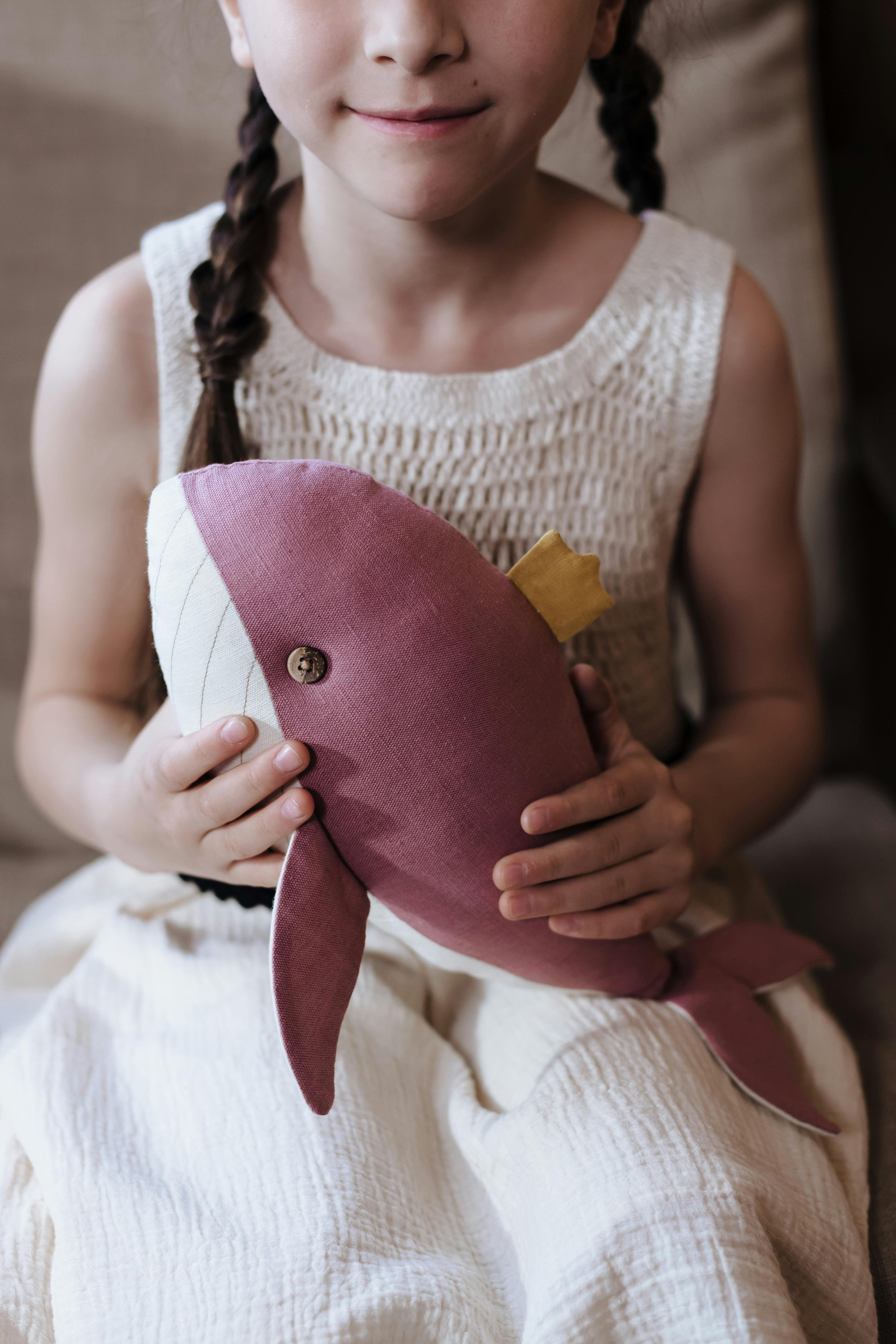
From Clay Carts to Cuddly Bears: India’s Toy Story, the Export Window – and a Fresh Safety Wake-Up
India has made playthings for at least 4 500 years. Archaeologists at Mohenjo-daro have dug up tiny terracotta carts with turning wheels, clay whistles shaped like birds and ivory dice—all proof that the Indus-Valley kids of 2500 BCE already loved toys as much as ours do today (researchgate.net). That spirit still lives in the lacquered wooden animals of Channapatna, papier-mâché creatures from Kashmir and cloth “Kathputli” puppets from Rajasthan.

Why the world suddenly wants Indian toys
The global toys-and-games market is worth about US $341 billion in 2024 and is still growing at 4 % a year (grandviewresearch.com).
U.S. tariffs on Chinese toys have swung as high as 145 % this year, pushing brands to hunt for “China + 1” suppliers (washingtonpost.com).
Indian exports, though tiny, climbed from under US $40 million in 2015 to US $152 million in 2023-24 (m.economictimes.com)—and clusters in Noida, Tiruppur, Koppal and Kochi are scaling up fast.
How India makes today’s favourites
Wooden classics—seasoned hale wood is turned, dyed with natural lac and pinned (not just glued) so wheels or ears stay put during the EN 71 “pull” test.
Plush toys—CAD knives cut the fabric, seams are stitched at 4–5 stitches per cm, every piece passes a needle-detector, then gets stuffed with recycled polyester fibre and vacuum-packed.

Plush is the stand-out opportunity: parents and collectors drove the stuffed-toy segment to ≈ US $12 billion in 2023, and demand for eco-cotton and recycled-fibre teddy bears keeps rising.
Compliance: the new non-negotiable
India – BIS Toy Quality-Control Order makes IS 9873 and IS 15644 tests compulsory for every batch shipped.
EU – CE mark plus EN 71 parts 1–3; new proposals will ban PFAS and tighten heavy-metal limits.
USA – ASTM F 963-23 and CPSIA tracking labels; certificates must be uploaded to the CPSC before the toys leave India.
Two recent recalls that every exporter should learn from
Soulet 5-bar wooden ladder (France, 16 June 2025) – recall issued after officials found the rope could tighten into a loop, posing a strangulation hazard and breaking EN 71 mechanical rules (parents.fr).
Lesson: even if you only supply a component (e.g., a rope ladder), it counts as a toy when marketed for play. Keep mechanical-strength and gap-size test reports on file.Bambini crochet plush whale (France, 5 June 2025) – all colours of a handmade whale and other crochet animals were recalled because laboratory tests showed the tiny woven label was leaching chromium well above the EN 71-3 limit—the kind of heavy-metal release that often signals the presence of hexavalent chromium (Cr VI), a potent skin sensitiser (rappel.conso.gouv.fr).
Lesson: the safest outer fabric is useless if the label or ribbon fails. Always send whole toys, complete with trims and tags, for chemical testing. Ask tag suppliers for OEKO-TEX 100 or GOTS certificates proving their dyes are Cr VI-free, and file those certificates in your digital compliance folder.
Five quick wins for Indian MSME toy exporters
Design around the test: sketch your toy to meet EN 71 or ASTM limits first—redesigns later cost real money.
Digitise proof: upload certificates, reports and factory photos to a cloud folder; add a QR code on every carton so importers can check instantly.
Tell the safety story: short reels showing a needle-detector sweep or a lac turner at work reassure buyers more than polished brochures.
Ship smart in monsoon: book NOR (non-operating reefer) containers or add silica gel; wooden toys must arrive below 12 % moisture.
Move during the tariff window: U.S. and U.K. importers are actively looking beyond China now. Secure your lab reports and start outreach before the crowd catches up.
Get your RSM Success Kit by Clicking the image below
The road ahead
India blends 5 000-year-old craft with 2025-level safety science. Whether you carve lacquer elephants or stitch eco-cotton whales, the market is huge, the compliance path is clear, and a “China + 1” gap has opened. Nail the testing, document every trim, and share your story widely—the world is ready to play with Made-in-India toys.